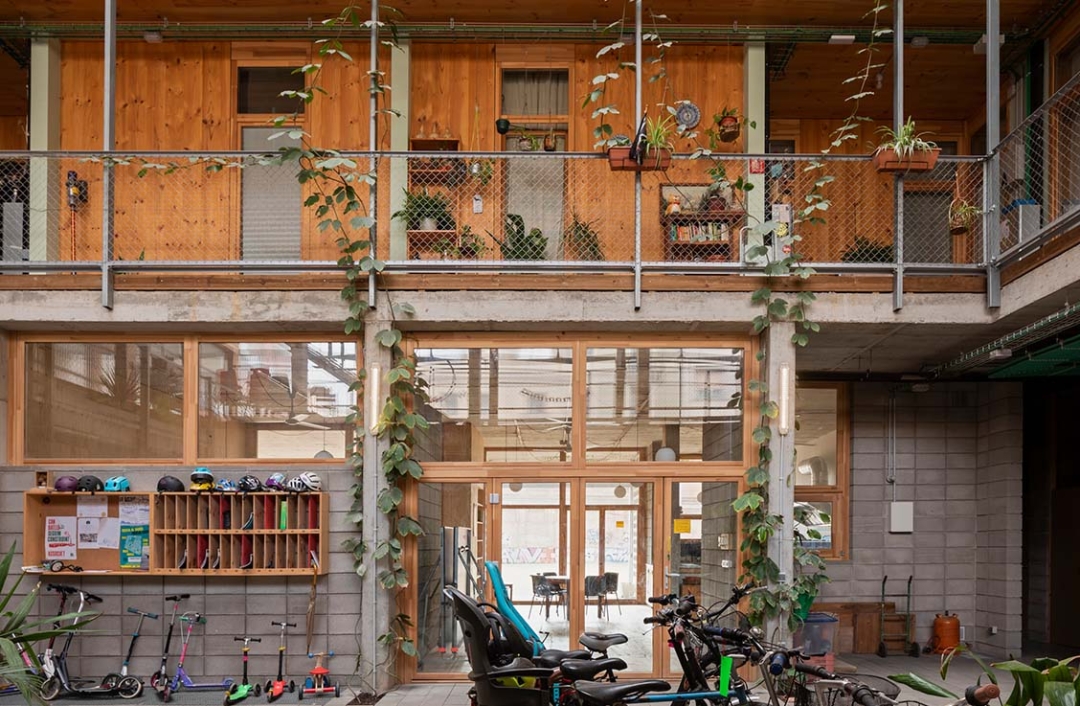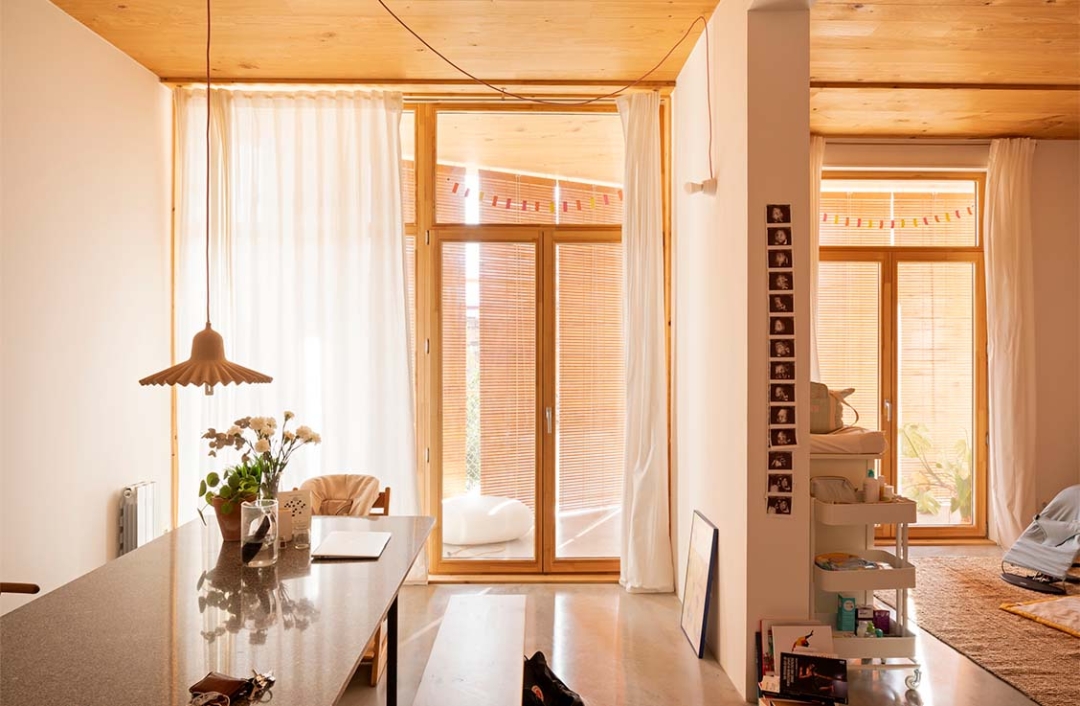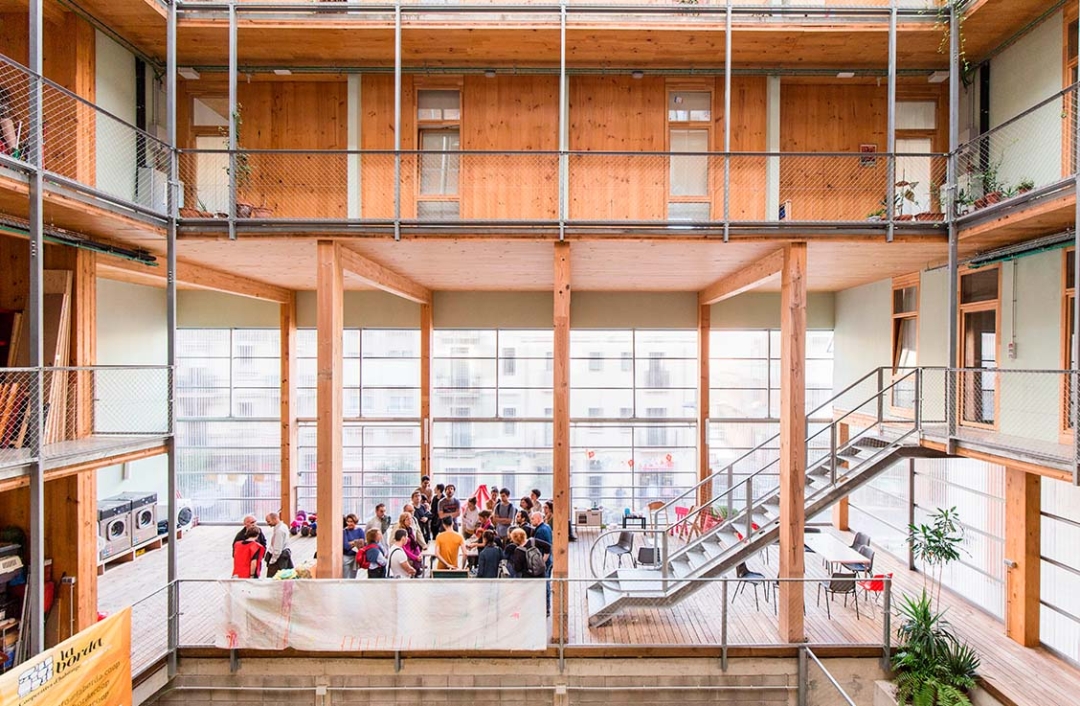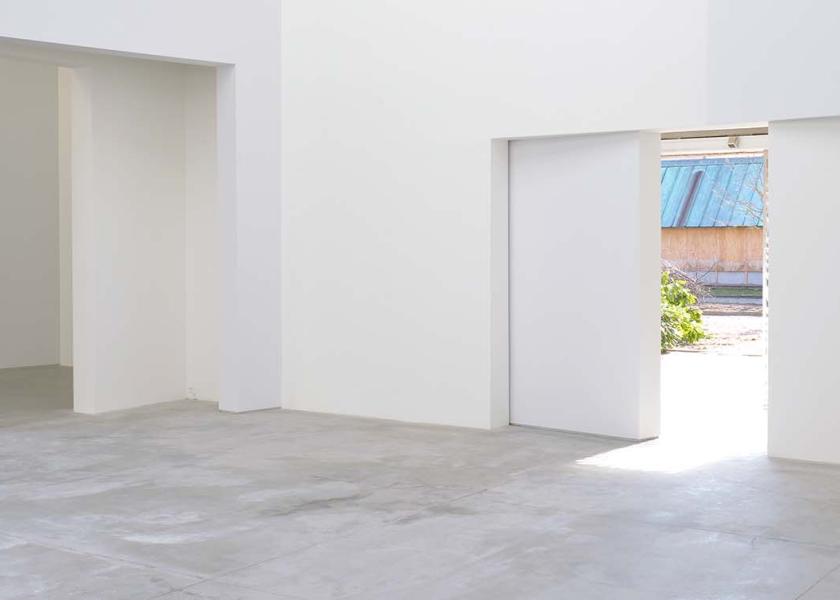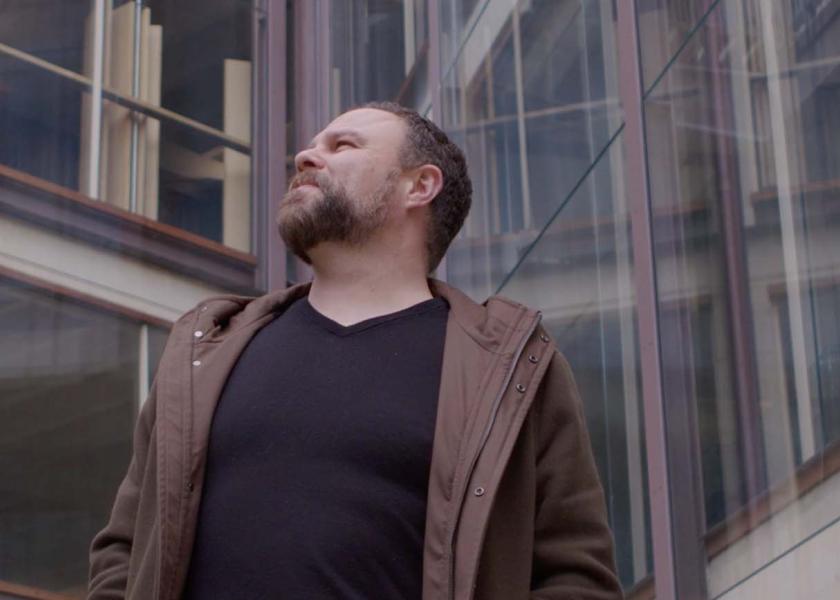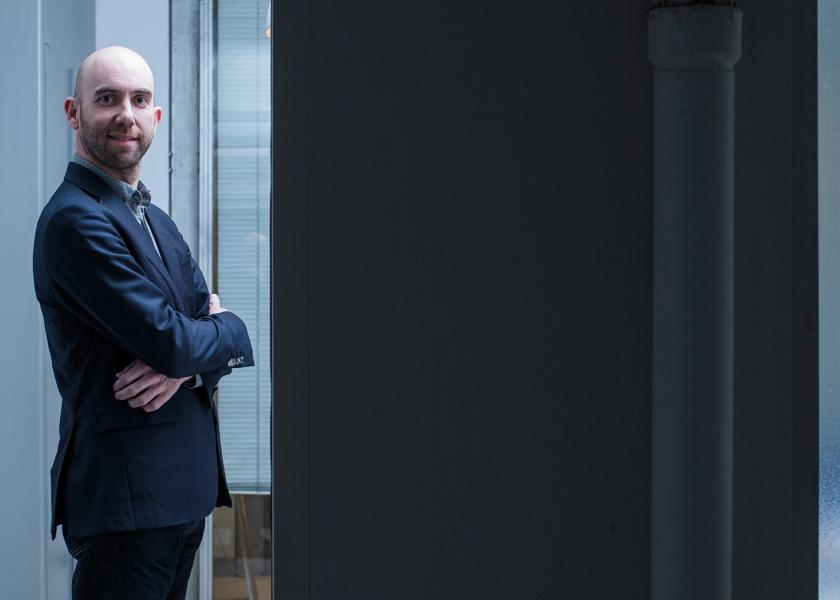Lacol and La Borda
Architecture for and by the people
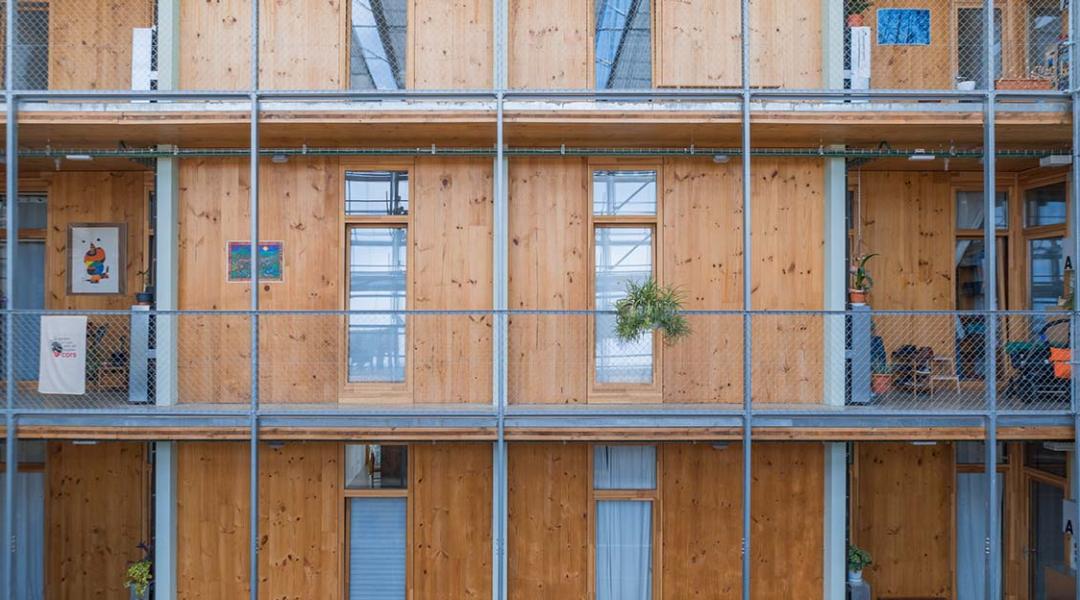
La Borda, a collective housing building in Barcelona, won the Mies van der Rohe Award granted by the European Union in the Emerging Architecture category. Behind this project is Lacol, a studio that works like a cooperative and trusts architecture’s capacity to improve people’s lives. Carles Baiges, one of its members, tells us about their philosophy.
It seems like something is changing in the world of architecture. Themes like sustainability, participation, or inclusion are gaining traction and they are taken more and more into account when creating projects, something almost unthinkable years ago. It was precisely these aspects that were decisive for the Mies van der Rohe jury to bestow an honour on La Borda (Barcelona), by Lacol studio. The jury of the most important award in the European Union highlighted “the importance of architecture that delves into the possibility of changing mindsets and policies and the relevance of inclusiveness.”
Carles Baiges, member of the award-winning architect cooperative, shares the satisfaction of the studio’s thirteen members for achieving this prestigious recognition and highlights that “social housing projects or those that work well with resources or sustainability are increasingly receiving more awards, so aspects that used to be considered secondary are now being valued.” Aspects that are part of Lacol’s DNA. Established in 2009 in the neighbourhood of Sants in Barcelona, they assure us that they work to generate communal infrastructures for the sustainability of life. Because another type of architecture is possible... and necessary.
Since Lacol is a cooperative, what role does the talent of each of its members play?
For us, it was important that Lacol wasn’t a typical architectural office, which is usually based on one or two strong names with an invisible team behind. Projects belong to everyone, the result of joint effort and talent, and that’s how we wanted to share our work. Even if a project is executed mainly by a few, the rest always collaborate. The collective signature was something we were clear about from the beginning.
And what is your working style like?
Naturally, we’ve each specialised in a specific area, although there are projects carried out by more people, like collective housing, for example. For those sorts of projects, we educate each other and, when there’s room for improvement, we use external people to help us. We’ve been working together for more than ten years and we’re friends, but we’re aware that mixing work and friendship doesn’t always work out. In our case, it’s a positive experience, but it hasn’t been easy. Now we have a good system and a nicer working environment than many architectural offices, based on pressure and power roles. Our principles are collaborating, working, and growing together.
“Projects belong to everyone, the result of joint effort and talent, and that’s how we wanted to share our work”
What is the current state of architecture? Has it evolved in recent years?
I think that currently, there’s a mixture of everything. Many things have gone back to how it was before the construction crisis, but, luckily, increasingly more value is placed on other aspects that, when we were students, nobody explained or were considered anecdotal. Social housing projects or those that work well with resources or sustainability are increasingly receiving more awards, so aspects that used to be considered secondary are now being valued. For example, awards such as the Mies van der Rohe Award or the Pritzker Architecture Prize are recognising this new way of thinking about architecture.
Because which is the purpose of architecture?
We’re aware that architecture is limited, because an urban space won’t suddenly make us better or happier, but we believe that we do have an impact on society and the planet, and that’s our starting point. We can see this in urban spaces, for example, where architecture helps make them kinder to pedestrians. Our work can also contribute to sustainability, to creating healthier spaces or for these to take into account a gender perspective or that of the majority.
Which is the situation in Spain of the cooperative model you support? Which countries are in the lead?
In Spain, in the 1970s there were a lot of cooperatives, but they followed a purchase-based model; while in the rest of the world, it was understood that the cooperative continued to be the owner of the housing. This was really normal in Denmark, a country that we look towards a lot; in Uruguay, which is really interesting socially; or in Switzerland, specifically Zurich, a city that has incorporated it well. In these places, it’s common to live in cooperative housing without seeking profit or the intervention of an investment fund. Here, the cooperative housing model is almost a novelty. In fact, La Borda was the first new-build and, also, on public land. Now there are twenty projects in Barcelona.
Recently, your talent has been recognised by the Mies van der Rohe Award. What are awards for?
We knew that winning the Mies van der Rohe Award, the most important in Europe, would be a significant recognition professionally. This was already a remarkable success for us, but we weren't expecting such an avalanche of interest in our work. We think that awards are slightly artificial, because saying that La Borda is the best project in recent years in Europe is relative, since you’re comparing very different things and, also, all the nominations were good. But I do believe that awards lead the way and highlight the important things.
Who are your role models?
We’re thirteen members at Lacol, and we each have our own role models, but one we all share, for example, is Lacaton & Vassal, French architects who won the previous edition of the Mies van der Rohe Award. We already loved them as students, and in recent years they haven’t stopped working on projects that we’ve loved. Last year they were in Barcelona and asked to see La Borda. It was really emotional because they congratulated us. We also really like HArquitectes, a studio in Sabadell whose work is a benchmark.
“Our work can contribute to sustainability, to creating healthier spaces or for these to take into account a gender perspective”
Which projects are you currently working on?
All kinds of projects, but cooperative housing projects take up the most of our time. We have five projects in Barcelona, one in Manresa, and more to come. The good thing is that La Borda has paved the way. It’s really interesting because we can apply everything we learnt from La Borda and carry on researching.
A project you dream of...
With other architecture and engineering cooperatives, we’ve created a joint structure called Batec. The idea is to develop large energy transition projects. We want to take the ideas from La Borda and apply them to neighbourhoods, villages, or towns.
And a project you’d refuse?
We’ve refused projects we thought weren’t right. Years ago, we refused a hotel project in Gracia. It’s a neighbourhood of Barcelona that’s already flooded with tourism; in fact, right now it wouldn’t be allowed, but at the time it was possible. We refused it because we preferred to not contribute to something that was damaging to the neighbourhood. When we think that our work could cause more harm than good, we try to say no.
